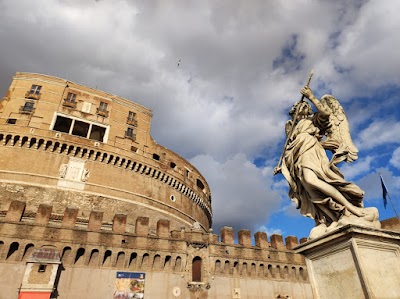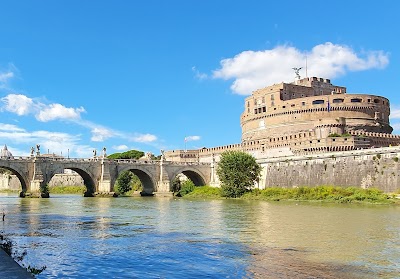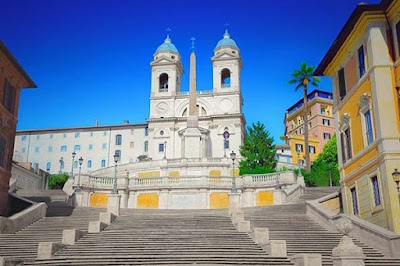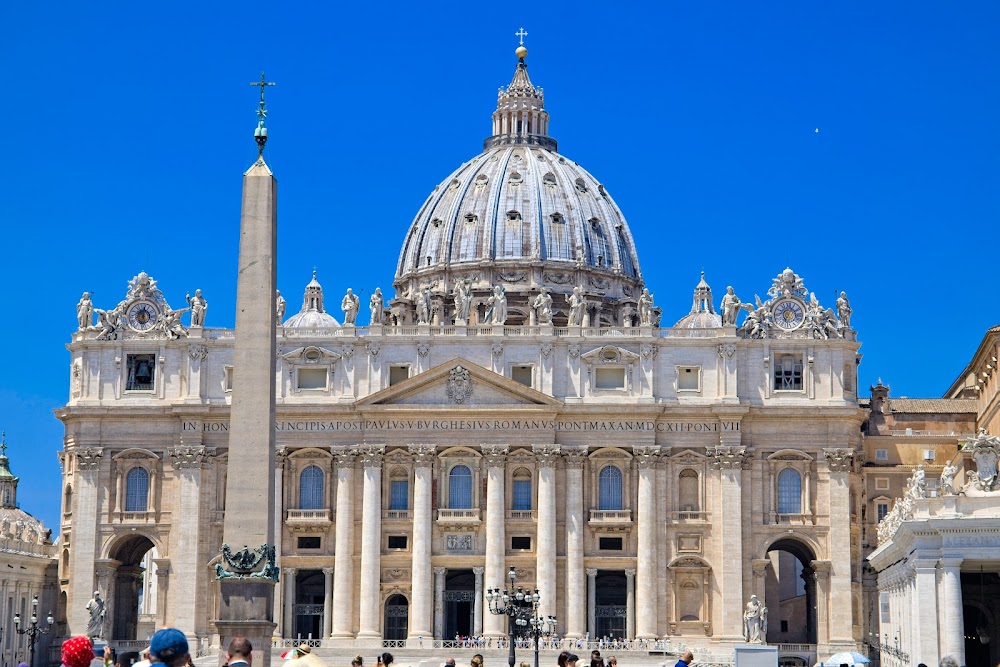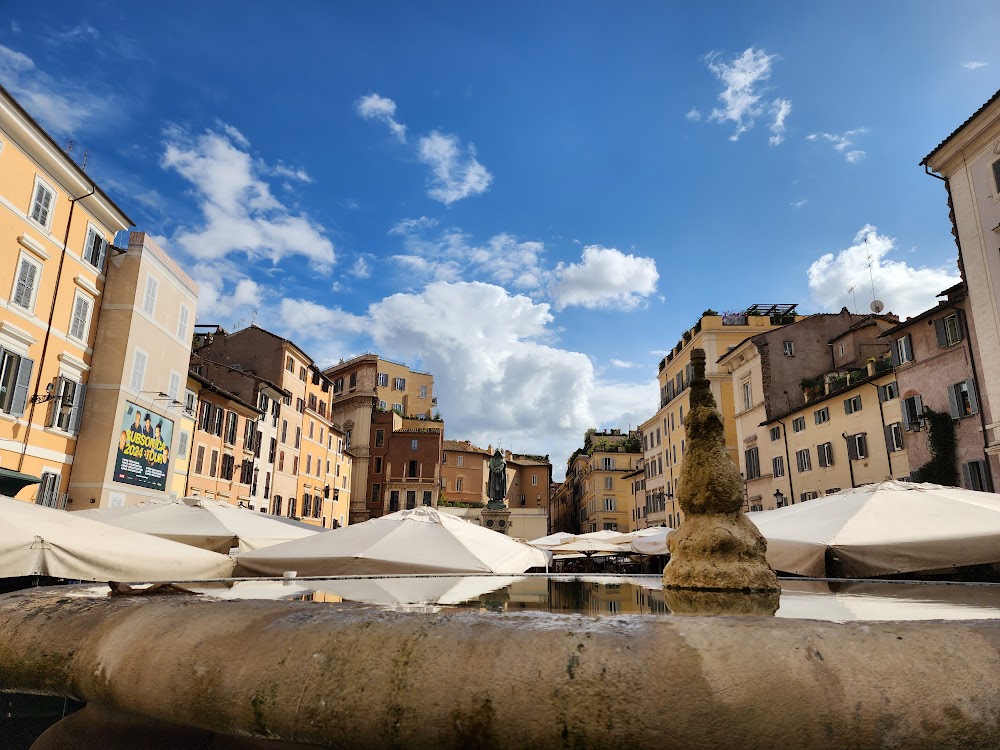Castel Sant'Angelo (Castel Sant'Angelo)
Overview
Introduction to Castel Sant'Angelo
Castel Sant'Angelo, also known as the Mausoleum of Hadrian, stands as a majestic fortress in the heart of Rome, Italy. Nestled on the right bank of the Tiber River, just a short stroll from Vatican City, it is one of the capital's most iconic landmarks. Its rich history is intricately woven into the fabric of Rome, making it an essential destination for any visitor.
Historical Origins
The history of Castel Sant'Angelo dates back to AD 135 when Emperor Hadrian commissioned its construction as his tomb. Originally designed as a mausoleum for himself and his successors, it was completed in AD 139 by his successor, Antoninus Pius. This massive cylindrical structure, adorned with travertine marble and statues, stands as a monumental testament to Roman architectural brilliance.
Transformations Through the Centuries
As the centuries rolled on, the mausoleum transformed significantly. In the 5th century, it was repurposed into a fortress, fortified to protect against barbarian invasions. The name "Castel Sant'Angelo" emerged in the 6th century when Pope Gregory I famously claimed to have witnessed a vision of the Archangel Michael sheathing his sword atop the mausoleum, symbolizing the end of a devastating plague in Rome. In honor of this vision, a statue of the Archangel was placed atop the castle, giving it its enduring name.
Papal Refuge and Fortress
Throughout the medieval period, Castel Sant'Angelo served as a refuge for Popes during tumultuous times. The Passetto di Borgo, a hidden passageway that links the Vatican to the fortress, allowed Popes to escape to safety during sieges. The structure underwent further fortifications, including walls, moats, and drawbridges, transforming it into an impregnable stronghold.
Architectural Marvel
One of the most captivating aspects of Castel Sant'Angelo is its blend of architectural styles, reflecting its diverse roles over the centuries. The lower levels maintain the structure’s ancient Roman origins, while the upper sections, enhanced during the Renaissance, feature grand staterooms and intricately decorated chambers. Its prime location along the Tiber River not only offered a strategic military advantage but also creates a picturesque setting for visitors today.
Exploring the Exhibits
Visitors to Castel Sant'Angelo can delve into a wealth of fascinating exhibits. The National Museum of Castel Sant'Angelo, housed within its walls, showcases a diverse array of artifacts, ranging from Renaissance paintings and ceramics to antique weapons and armor. The Hall of Urns is particularly poignant, containing urns that once held the remains of emperors. The splendidly frescoed Papal Apartment offers a glimpse into the opulent lifestyle of Renaissance Popes.
Stunning Panoramic Views
Arguably, the castle's most exceptional feature is its panoramic terrace. Climbing to the top rewards visitors with breathtaking 360-degree views of Rome, including iconic landmarks like St. Peter's Basilica, the Pantheon, and the Vittoriano monument. Atop the terrace stands a bronze statue of the Archangel Michael, commissioned in 1753, making it an ideal spot to soak in the splendor of the Eternal City.
Legends and Lore
Indeed, Castel Sant'Angelo embodies the very essence of Rome's rich history. Its evolution from an imperial tomb to a fortress, then a papal residence, and now a museum encapsulates the city’s dynamic past. Each stone, passageway, and exhibit within the castle tells a story, creating a treasure trove of historical narrative. For those intrigued by legends, the castle’s dungeon, known as the “pozzos,” has many tales, including that of the notorious sculptor and goldsmith Benvenuto Cellini, who famously made a dramatic escape. The fortress has also inspired numerous artistic and literary works, including Puccini's opera "Tosca" and Dan Brown’s novel "Angels and Demons," further cementing its place in popular culture.
Practical Information for Visitors
Castel Sant'Angelo is easily accessible on foot from many central locations in Rome. It is open daily, with hours varying by season, and tickets can be purchased both at the site and online. Guided tours are highly recommended for those wishing to delve deeper into its multifaceted history.
Conclusion
In summary, Castel Sant'Angelo is much more than just a historical monument; it symbolizes Rome's resilience and transformation over millennia. Whether you are a history enthusiast, an art lover, or simply someone seeking spectacular views of Rome, a visit to Castel Sant'Angelo promises a memorable journey through time, capturing the spirit of Italy's storied capital.


